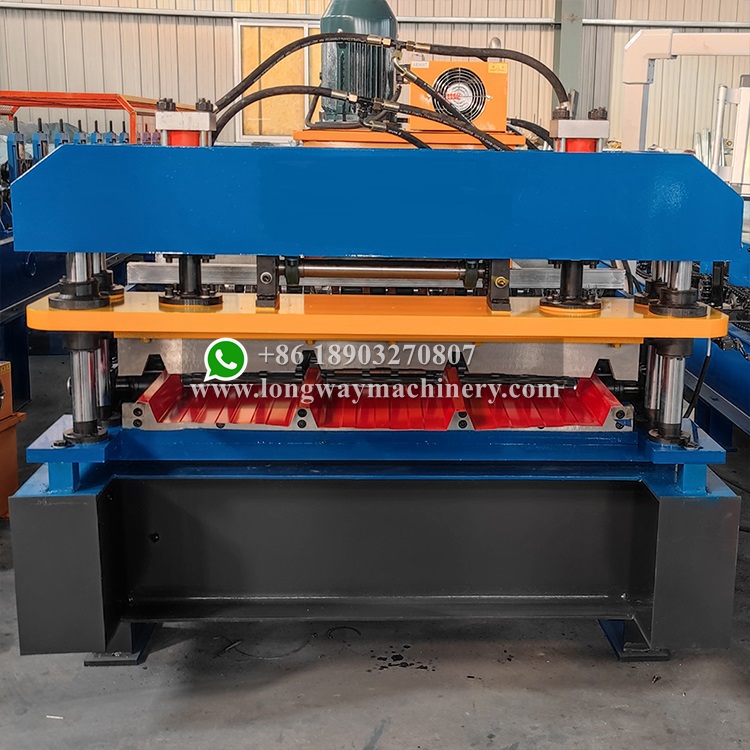Optimized Slitting Line Solution for Efficient Metal Processing and Material Management
The Simple Slitting Line An Overview
In the ever-evolving world of manufacturing and metal processing, efficient cutting and slitting methods are fundamental to producing high-quality products. At the forefront of these methods is the simple slitting line, a machine designed to convert wide rolls of metal sheets or coils into narrower strips that can be used in various applications. This article delves into the workings, benefits, and applications of a simple slitting line, providing insights into its importance in the manufacturing sector.
What is a Simple Slitting Line?
A simple slitting line typically consists of a series of components including unwinders, slitters, recoilers, and sometimes auxiliary equipment such as edge trim systems. The primary function of this line is to take a large, single-width coil of material, often steel or aluminum, and slit it into smaller, more manageable widths. This process not only maximizes material usage but also generates strips that are tailored to the specific needs of downstream operations.
Components of a Simple Slitting Line
1. Unwinder The process begins with the unwinding of the mother coil. The unwinder holds the coil in place and feeds the material into the slitting machine. It is crucial for this component to maintain appropriate tension throughout the process to ensure even slitting.
2. Slitter This is the heart of the slitting line. The slitter consists of rotating knives that cut the material into desired widths. These knives can be adjusted depending on the specifics of the project, allowing for flexibility in terms of output sizes. The design of the slitter can vary, with some featuring multiple blades arranged in a vertical or horizontal configuration.
3. Recoiler After the material has been slit, it is then recoiled. The recoiler takes the narrower strips and winds them back into coils. This step is critical in maintaining the quality of the strips, ensuring that they are secure and ready for shipping or further processing.
simple slitting line

4. Auxiliary Systems Many simple slitting lines incorporate additional features such as edge-trim systems to process the leftover material and dynamic tension control systems to optimize performance. These systems improve productivity and reduce waste, making the slitting line more efficient.
Benefits of Using a Simple Slitting Line
The adoption of a simple slitting line provides numerous advantages to manufacturers. First and foremost, it enhances efficiency. Traditional cutting methods can be time-consuming and labor-intensive, whereas a slitting line streamlines the process, significantly reducing production time.
Another major benefit is improved material utilization. The ability to process large coils into tailored widths means that manufacturers can utilize the entire coil with minimal waste. This is not only cost-effective but also supports sustainable manufacturing practices.
Additionally, the precision of modern slitting lines ensures high-quality output. With exact width measurements and reduced chances of defects, manufacturers can meet stringent specifications required by the market. This precision is vital in industries where exact measurements are critical, such as in automotive or aerospace manufacturing.
Applications of a Simple Slitting Line
The applications for products produced by a simple slitting line are vast. The automotive industry, for example, relies heavily on narrow strips of steel and aluminum for various components. Similarly, the construction sector uses these strips for roofing, siding, and structural parts. Moreover, appliances and electronics manufacturers benefit from the ability to create parts with specific dimensions tailored to their needs.
In conclusion, a simple slitting line plays a crucial role in modern manufacturing by efficiently converting raw material into usable formats. With its ability to enhance production speed, optimize material usage, and ensure high quality, this machinery is indispensable for businesses looking to improve efficiency and sustainability. As the industrial landscape continues to evolve, the importance of such technology in manufacturing processes will only grow, solidifying the simple slitting line’s place in the factory of the future.
-
Roof Panel Machines: Buying Guide, Types, and PricingNewsJul.04, 2025
-
Purlin Machines: Types, Features, and Pricing GuideNewsJul.04, 2025
-
Metal Embossing Machines: Types, Applications, and Buying GuideNewsJul.04, 2025
-
Gutter Machines: Features, Types, and Cost BreakdownNewsJul.04, 2025
-
Cut to Length Line: Overview, Equipment, and Buying GuideNewsJul.04, 2025
-
Auto Stacker: Features, Applications, and Cost BreakdownNewsJul.04, 2025
-
Top Drywall Profile Machine Models for SaleNewsJun.05, 2025








